In summer, the better outdoor light becomes the biggest obstacle to shooting, because different light directions will cause different degrees of shadows on people’s faces. The stronger the light, the more obvious the shadows, so you need to use reflectors, flashes, and soft boxes. It can be used as a filling light to reduce unsightly shadows and reduce the contrast between people and the background. So in order to obtain a fresh and soft texture portrait, how to add light?
Table of Contents
The Role of Supplementary Light
Taking pictures outdoors in full sunlight, most of the time due to the strong light, the contrast formed is large, which can easily cause shadows on the model’s face. In order to deal with the shooting of various outdoor scenes conveniently, it is necessary to learn the fill light skills of flash and reflector to obtain clear and high-quality portraits.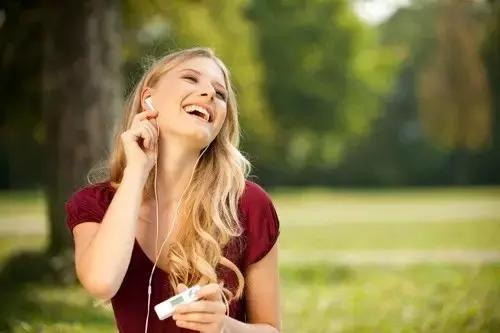
In addition, the proper fill light can also create a catch light and make the characters more energetic.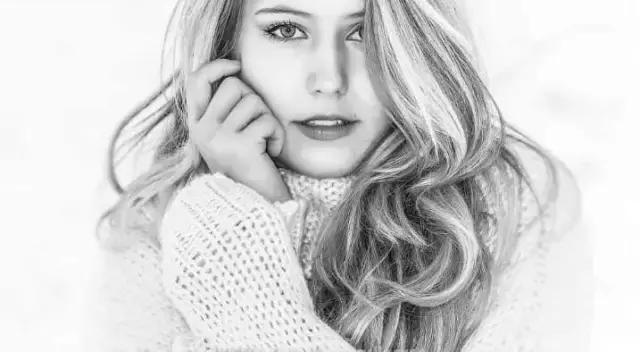
Correct Lighting Techniques
- Flash fill light skills
Generally, there are built-in flashes and external flashes. In fact, a small amount of light from the pop-up flash on the camera can drive off the heavy projection on the subject’s face, but the external flash is highly operable.
When using an external flash, avoid aiming the front of the lamp at the model. This will cause the flash to be pointed upwards or use the reflection principle to fill the light.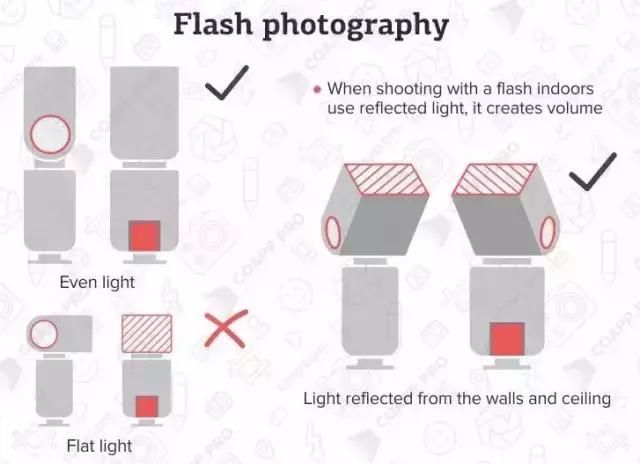
For professional photographers, the external flash is usually equipped with a lampshade, so that the light will be softer.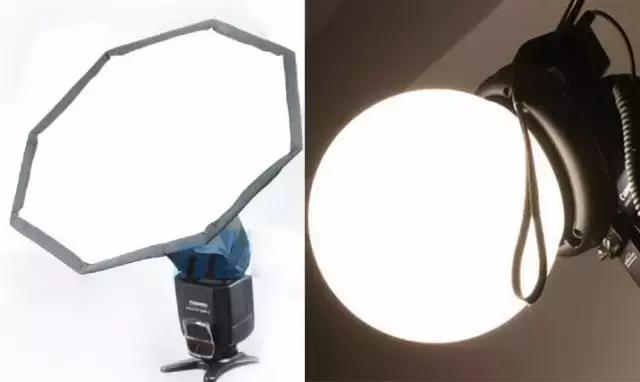
The built-in flash can be covered with a layer of paper towel, or with a translucent plastic bag to serve as a soft light effect of the hood.
- Fill light skills of reflector
In the sun, the reflector can eliminate the shadows on the faces of the characters and increase the light on the eyes. Moreover, the use of reflectors can make the figures in the shadows fuller and more accurate face exposure.
The current reflector has many functions, and different surfaces can be used to absorb light, reflect light, and block light.
Use a hood to avoid the highlights directly above the model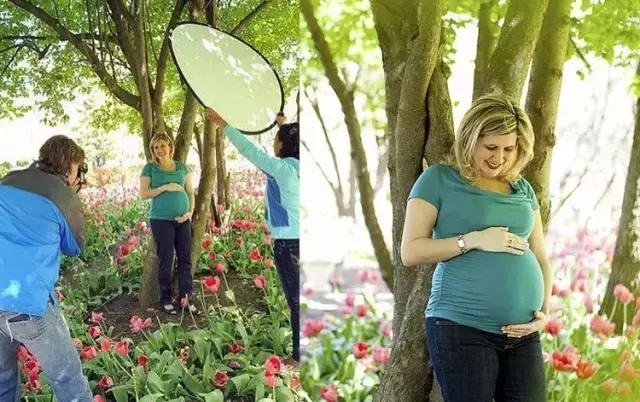
Under the scorching sun, use a reflector to reflect light from top to bottom, retaining the detailed texture of the model’s face.
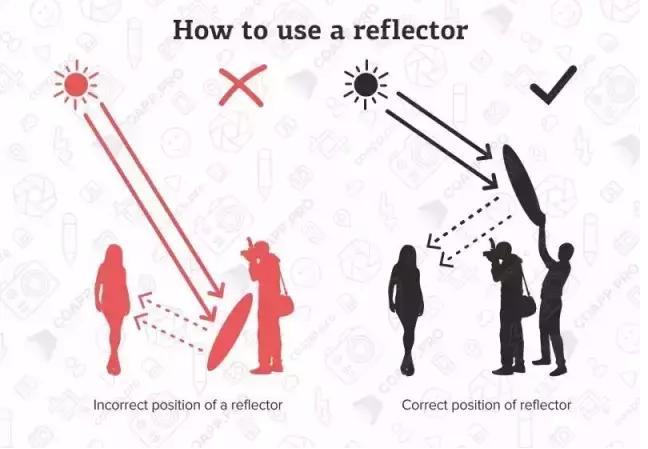
- Use soft and reflective surfaces together
Compared with a flash, the reflector is easier to use and has a larger reflective area, making it more suitable for shooting full-length or half-length portraits. With good effect and high cost performance, it can be used by professionals or non-professionals.
Correct Metering Technique
Meter the scene, not the subject.
The person is backlit and the face is dark. When shooting, first meter the ambient light. After the metering is completed, turn on the flash, adjust the flash index and the distance between the flash and the model, so that the model’s face is exposed to normal, and finally the model is The environment is exposed accurately.
To find the best flash effect, you need to adjust left and right to take a few more shots until you get a photo with the most natural light, so that no obvious traces of fill light are visible.
If the scene is underexposed, the colors will be more saturated: after metering the scene, subtract another 0.5 to 1.5 EV compensation.
The Location of the flashing Lights
The side lighting is more three-dimensional than the front: lighting from the side of the main body will be more three-dimensional than from the front. In principle, if there is an angle between the light and the lens (about 45 degrees or more), the light will be three-dimensional. When the light is parallel to the lens (camera flash), the light will be flatter.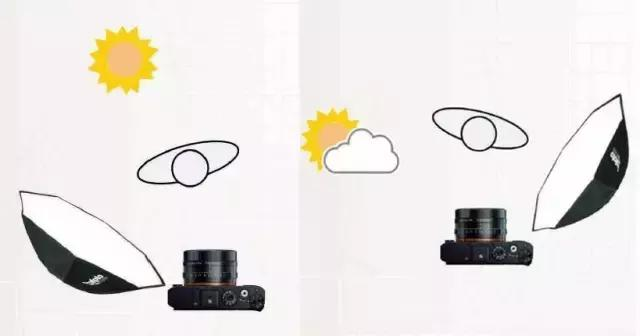
Lighting from top to bottom is more natural: if the flash is the main light source, imagine the flash as sunlight, try not to light from bottom to top, but from top to bottom.
Make good use of the M mode of the flash: Don’t be afraid of the M mode. In the field of digital cameras, you can continue to try again if you make a mistake.
